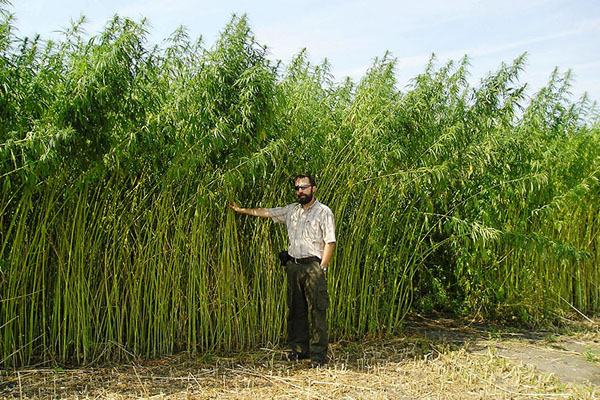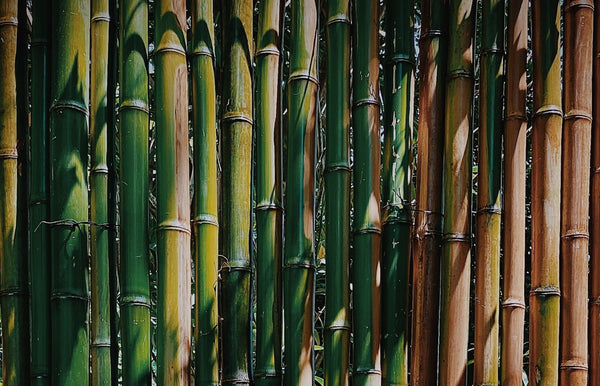New Reasons On Choosing Hemp Clothing
Wiki Article
What Are The Benefits Of Hemp Clothing Made From Low-Impact Fibres? Clothing In Terms Of The Environmental Impact?
The hemp clothing made of low-impact fiber provides numerous environmental benefits when compared to clothing made from other materials, notably synthetic fibers as well as conventional cotton. Hemp clothing comes with numerous advantages for the environment. It is extremely fast growing and needs less water and pesticides. Hemp grows well in all kinds of soils and climates. This helps reduce the use of agricultural chemicals.
Hemp is known to require less water than cotton. Cotton, on the other hand, is known for its high water consumption. It makes hemp a sustainable option for garment production.
Hemp is able to grow without the use of herbicides and pesticides. In many cases this can reduce the environmental impact of chemical agriculture.
Hemp is good for soil health. The roots are deep and prevent compaction and erosion. It also keeps the soil in better shape for future crops.
Biodegradability biodegradability Hemp fibers biodegrade and decompose naturally in time. This reduces the environmental burden from textile waste. Contrast this with synthetic fibers like polyester can take many years to decay.
Reduced Carbon Footprint- Production of hemp fibers leaves an overall lower carbon footprint when compared with synthetic materials. Additionally, hemp can capture carbon dioxide from the atmosphere in its growth and act as a carbon sink.
Hemp clothing has a reputation for durability and long-lasting wear. Hemp garments of good quality will last for a long time. They eliminate the need for replacements, and also help to reduce waste.
Hemp plants exhibit the natural ability to resist numerous pests. Chemical pest control is not required.
Hemp is a versatile fabric that can be used to make bags, clothes or accessories.
Regenerative Agriculture. Certain sustainable farming methods include hemp in Regenerative farming practices which seek to restore and improve ecosystems whilst producing crops. This approach has positive environmental effects.
While hemp offers many advantages for the environment, its sustainability is also affected by other factors like transport, dyeing process and the behavior of consumers. Additionally, just like in every other field, production standards and practices are subject to change. To ensure that you're getting the greatest environmental benefit, look for organic or sustainable hemp clothing. Take a look at the best hemp clothing for blog recommendations including hemp button down shirt, hemp clothing near me, hemp clothing womens, hemp pants mens, patagonia double knee pants, american made hemp clothing, hemp sweater, hemp shorts mens, afends jesse dress, patagonia hemp overalls and more.

What Are The Benefits Of Hemp Fibers In Carbon Sequestration, Sustainability As Well As Crop Rotation?
Carbon Sequestration:
Hemp is a plant that grows at a rapid rate. It matures between 70 to 120 days based on the kind of hemp and the growing conditions. Photosynthesis is the process by which hemp plants absorb the CO2 from the atmosphere during their rapid growth. Carbon uptake is a significant factor in carbon sequestration and reducing CO2 in the air.
The hemp's capacity for high biomass production is well-known. The thick foliage of the plant and its tall stalks yield an impressive amount organic matter. This biomass can be used for the production of organic carbon in soils as well as for various other purposes.
Sustainability:
Hemp needs less synthetic pesticides, herbicides and herbicides than many other crops such as cotton. The natural resistance of hemp to a variety of diseases, pests and weeds decreases the need of chemical intervention. Organic hemp farming is a sustainable way of cultivating hemp since it does not use synthetic chemicals.
Hemp has a high water-efficiency, especially when compared with water-intensive crops such as conventional cotton. This makes it more viable in areas where water is scarce.
Soil Health- Hemp's extensive root system can boost the soil's health. The roots of Hemp can prevent erosion through stabilizing soil structure, and also reducing runoff. Hemp cultivation also increases soil fertility by increasing microbial soil activity.
Hemp is a great crop for rotational systems. Crop rotation is a technique that involves rotating several crops within the same space. It can aid in breaking pest and illness cycles and reduce soil depletion and strengthen soil structures. The contribution of hemp to rotational farming helps to sustain agricultural practices.
Crop Rotation
Hemp is a versatile crop that can be used in combination with grains, vegetables, and legumes. Diversification assists farmers in maintaining the health of their soil and also reduce diseases and pests. It also promotes balanced nutrition cycles.
Hemp roots penetrate soil and help aerate it which helps reduce compaction and enhances water infiltration. The soil's structure improves following a hemp harvest and can benefit other crops.
Summary Hemp fibers can have a positive impact on soil health, and are compatible with crop rotation as well as enhancing the sequestration of carbon and sustainability. They do this through rapid growth, biomass, low chemical usage, water efficiency and their compatibility with crop rotation systems. These characteristics make hemp cultivation an environmentally sustainable and regenerative agriculture practice. Furthermore, the resultant fibers are a green choice for textiles and other uses. Have a look at the most popular hemp clothing for blog recommendations including hemp shorts, patagonia hemp overalls, patagonia hemp pants, hemp tees, patagonia hemp pants, hemp swimsuit, patagonia double knee pants, hemp pants womens, jungmaven sweatshirt, hemp hoodie and more.

What Are The Advantages Of Wearing Bamboo Clothing In Terms Of Environmental Sustainability And Comfort?
Bamboo clothing comes with many benefits when it comes to both comfort and the environment. Comfort-
Softness- Bamboo fabric is known for its extraordinary softness. It has a silky smooth texture that feels good against the skin. Bamboo clothing can be extremely smooth, which is why bamboo clothing is an extremely popular choice for intimate clothes.
Breathability Bamboo fibers naturally breathable and moisture wicking. They are made up of micro-gaps, which allow air to circulate to keep your body cool and comfortable during hot temperatures. The properties that wick moisture away from the fabric assist in removing sweat from your skin. This helps reduce the feeling that clothing is damp.
Thermoregulation- Bamboo clothing has outstanding thermoregulatory properties. It can keep you warmer in colder temperatures by retaining warmth close to your skin. In hot weather it will help you stay cooler by allowing the excess moisture and heat to escape. This ability to adapt clothing to temperature variations lets it to be worn throughout the throughout the year.
Hypoallergenic Bamboo fabric is naturally hypoallergenic. It's also gentle on sensitive skin. Bamboo fabric is less likely to trigger skin irritations or allergic reactions.
Bamboo fibers are naturally antimicrobial properties that prevent the growth and spread of bacteria which causes odor. This is a factor that contributes to the freshness of bamboo clothes even when you are doing physical exercises.
Environment-
Sustainability- Bamboo is a highly durable and sustainable resource. It is among the fastest growing plants and requires a small amount of water. No pesticides, herbicides or any other chemical are required to cultivate it. Bamboo grows from its roots, so it is feasible to harvest it without harming the plant.
Bamboo is a natural water-efficient plant. It is able to thrive with very little irrigation and often can be planted by rainwater only. This can help reduce the environmental impact that comes with agricultural water usage.
Biodegradability- Bamboo clothing is decomposes naturally over time after it is removed from the landfill. This property reduces the accumulation of textile waste that is non-biodegradable landfills.
Carbon Sequestration- Bamboo plants can absorb carbon dioxide (CO2) from the atmosphere during their fast growth. Bamboo cultivation acts as an absorber of carbon dioxide and reduces the amount of greenhouse gases and helping to slow the effects of climate change.
Chemical Reduction. The manufacturing process for Bamboo Fabric usually requires fewer processes and procedures in comparison to other fabrics.
Closed-Loop Production- Some bamboo fabric production processes utilize closed-loop systems, which recycle and reuse water as well as chemicals, thus reducing pollution and waste.
Important to note is that the impact on the environment can vary depending upon the process of manufacturing, and whether the bamboo used was sourced from ethically and sustainably controlled bamboo forests. Consumers should only buy bamboo clothing made with eco-friendly, ethical practices to ensure maximum environmental benefits. Read the recommended I was reading this for bamboo clothing for site tips including bamboo yoga pants, bamboo cotton shirts, bamboo infant clothing, bamboo athletic wear, mens bamboo clothing, bamboo jeans brand, sustainable bamboo clothing, bamboo exercise clothing, bamboo boxer shorts, clothes made from bamboo and more.
